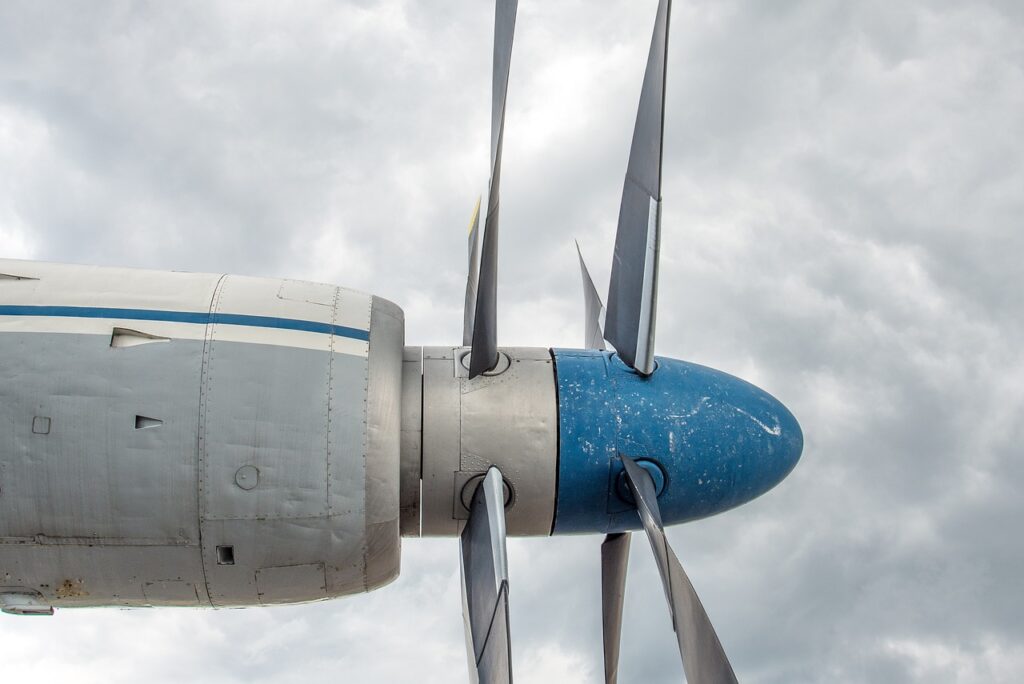Airbus plans a series of feasibility studies to explore the development of hydrogen hubs at major North American airports.
This initiative, in collaboration with ZeroAvia and various airport authorities, aims to address the requirements for an “end-to-end” hydrogen supply chain and assess the practicality of integrating hydrogen fuel at these airports.
Airbus has entered into agreements with three major Canadian airports—Montreal-Trudeau International, Toronto Pearson International, and Vancouver International. These airports will work alongside Airbus and UK-based ZeroAvia, a developer of hydrogen-electric propulsion systems, to study the feasibility of hydrogen infrastructure. The studies, expected to be completed within 12-18 months, will evaluate the technical and logistical challenges of adopting hydrogen as an aviation fuel.
In the United States, Airbus has partnered with Atlanta’s Hartsfield-Jackson International Airport, Delta Air Lines, and fuel-cell developer Plug Power to investigate the potential of making Atlanta a hydrogen hub. Similarly, Airbus is collaborating with the Houston Airport System and the Center for Houston’s Future to explore hydrogen infrastructure at Houston airports.
While Airbus’ commitment to hydrogen is notable, it is important to compare these efforts with industry benchmarks. Current advancements in hydrogen technology, such as the modifications of a Dornier 228 and a De Havilland Canada Dash 8-400 by ZeroAvia, demonstrate the feasibility of hydrogen propulsion on smaller scales. However, scaling up to commercial aviation remains a formidable challenge.
Airbus’ competitors are also making strides in sustainable aviation. Boeing, for instance, is investing in sustainable aviation fuels (SAFs) and other technologies to reduce carbon emissions. While SAFs are currently expensive and in limited supply, they offer a more immediate solution compared to the long-term development required for hydrogen-powered aircraft.
Airbus has long touted hydrogen as a crucial element in reducing the aerospace industry’s carbon footprint. The company’s ZEROe programme, which unveiled three hydrogen-powered aircraft concepts in 2020, highlights its strategic focus on hydrogen. These concepts include a 200-passenger, 2,000nm-range blended-wing-body aircraft, a conventional narrowbody aircraft with similar capacity and range, and a 100-passenger, 1,000nm-range turboprop.





